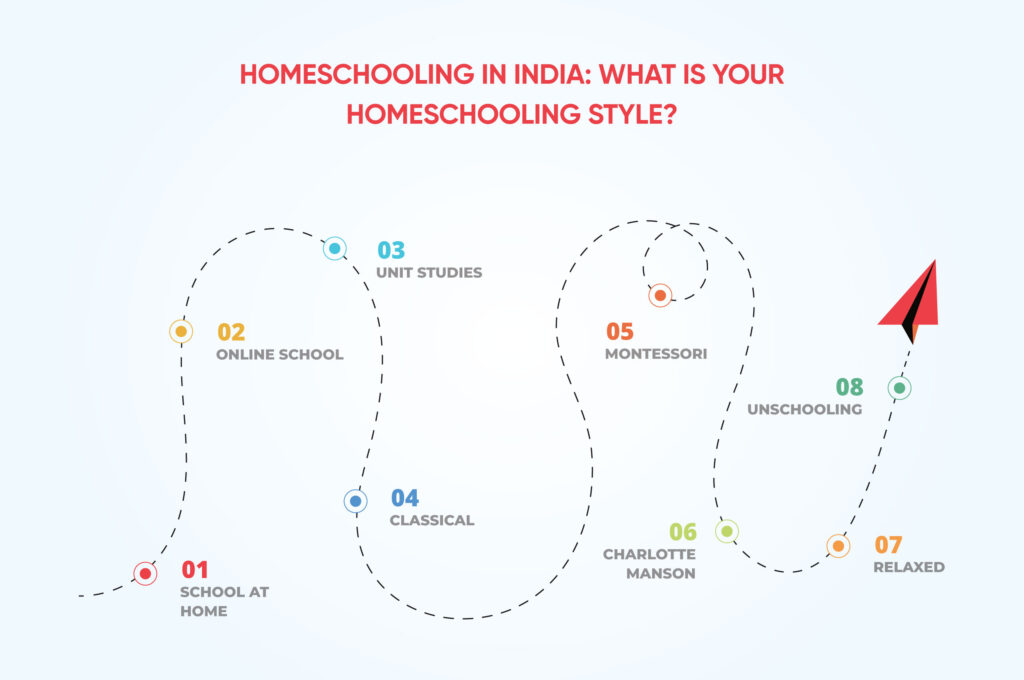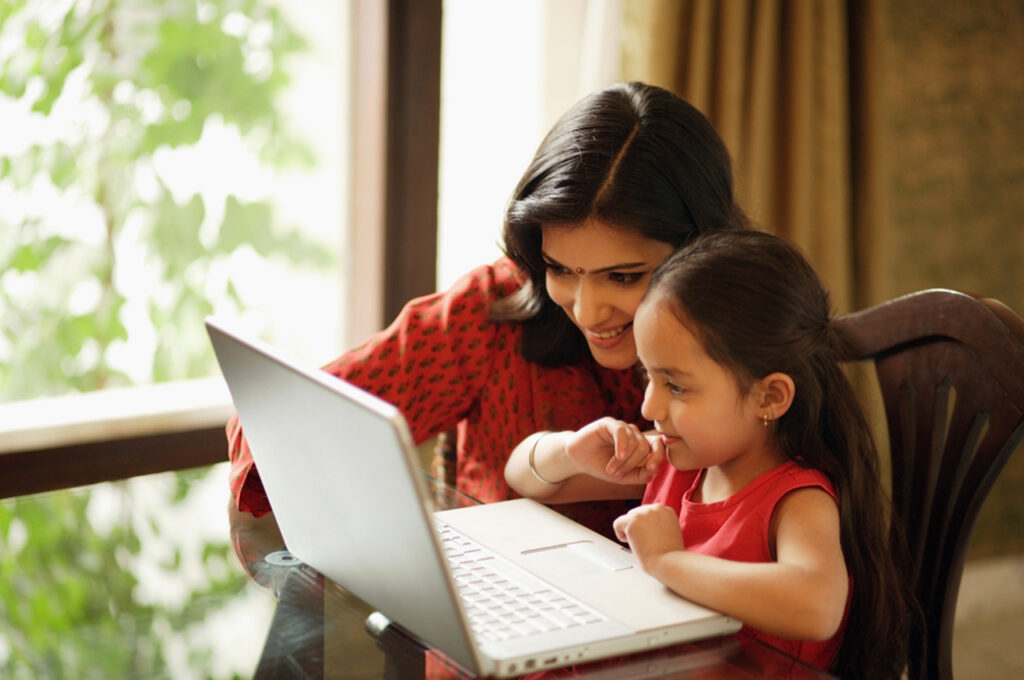Contrary to popular belief, homeschooling doesn’t simply mean following the classroom-style education at home. There are various types of homeschooling that have been developed over the years and driven by technology. Different parents subscribe to different ideologies when it comes to raising their children, but it’s safe to say that every homeschooling style has the children learn and understand the world around them. Let’s consider some homeschooling styles that people have been using to educate their children.

School At Home
When we think of homeschooling, we typically think of School At Home. In this type of homeschooling, students will have a dedicated room for study which could be a dining room, living room, or kitchen table adapted to work as a study area. They follow a full curriculum which is normally purchased from companies that cater to homeschoolers or downloaded from the internet. They are committed to their schedules and would often have field trips every week or every month. These days School At Home has switched to the internet for their resource material but, they would usually have at least one book for studying.
Online School
Students studying in these schools are not homeschoolers in the traditional sense because they have enrolled in a school and are legally going to school, only virtually. They take their lessons online either via computer lessons or via video sessions with a teacher. Parents tend to go for this kind of homeschooling to have the liberty of having their kids at home while having the supervision and accreditation of a proper school. This type of education is also self-paced and allows more freedom.
Unit Studies
This form of homeschooling involves picking a theme and learning multiple subjects in line with that theme. For instance, the theme could be “water”. From this theme, we can study math by talking about how water is measured, chemistry by talking about H2O, geography by talking about the world’s largest water bodies, and literature by considering water in various metaphors like purity and life. Through this form of homeschooling, students have been found to retain lessons 40% better than traditional schooling.
Classical
This form of homeschooling is mostly language-based and is divided into three parts: Grammar, Logic, and Rhetoric. Grammar lays the foundation at younger ages where students learn the basics such as facts and preliminary groundwork for various subjects. After that around 5th grade, children are taught analytical skills in the Logic stage. Older students in the Rhetoric stage learn through the combination of the earlier two stages.
Montessori
This form of homeschooling is based on the teaching of Maria Montessori. This homeschooling involves a full sensory experience wherein students learn by doing. Toys are replaced by real tools, such as, letting the child help in the kitchen rather than giving the child a kitchen playset. This form of homeschooling can have multi-age groups in the same classroom and learn together through real-world activities.
Charlotte Manson
Charlotte Manson believed in “living books” over textbooks. She believed that children are perfectly capable of understanding the world around them and should be treated that way. Her form of homeschooling involves short age-appropriate lessons, the study of nature, dictation to help students learn spelling and grammar, and the study of music and art.
Relaxed
Relaxed homeschoolers don’t worry about schedules, milestones, and studying every subject every day. They usually follow a curriculum for one or two subjects but will have a relaxed approach towards other subjects. They take field trips to learn about new places and people and supplement it with books and documentaries.
Unschooling
This form of homeschooling is completely child-driven. This homeschooling is based on the premise that children are naturally curious and should be allowed to explore their interests while parents only function as facilitators. In this form of homeschooling, the child could be spending hours playing video games, but they can also be seen spending hours learning something that interests them, or creating a personal project. Unschooling doesn’t subscribe to the idea of classrooms but they can enroll in classes according to the child’s interest.
Each homeschooling style of learning has its strengths and weaknesses, but in the end, it all depends on what the parents see fit for their child. Maybe you believe in the efficacy of the traditional schooling system that guarantees employment for your child with accredited courses and rigorous training, or perhaps, you would like to let your child naturally find his place in the world through her inborn curiosity for learning. With so many homeschooling styles to choose from, it can become difficult to find what works best for your child. Why not get further guidance from our counselors.
